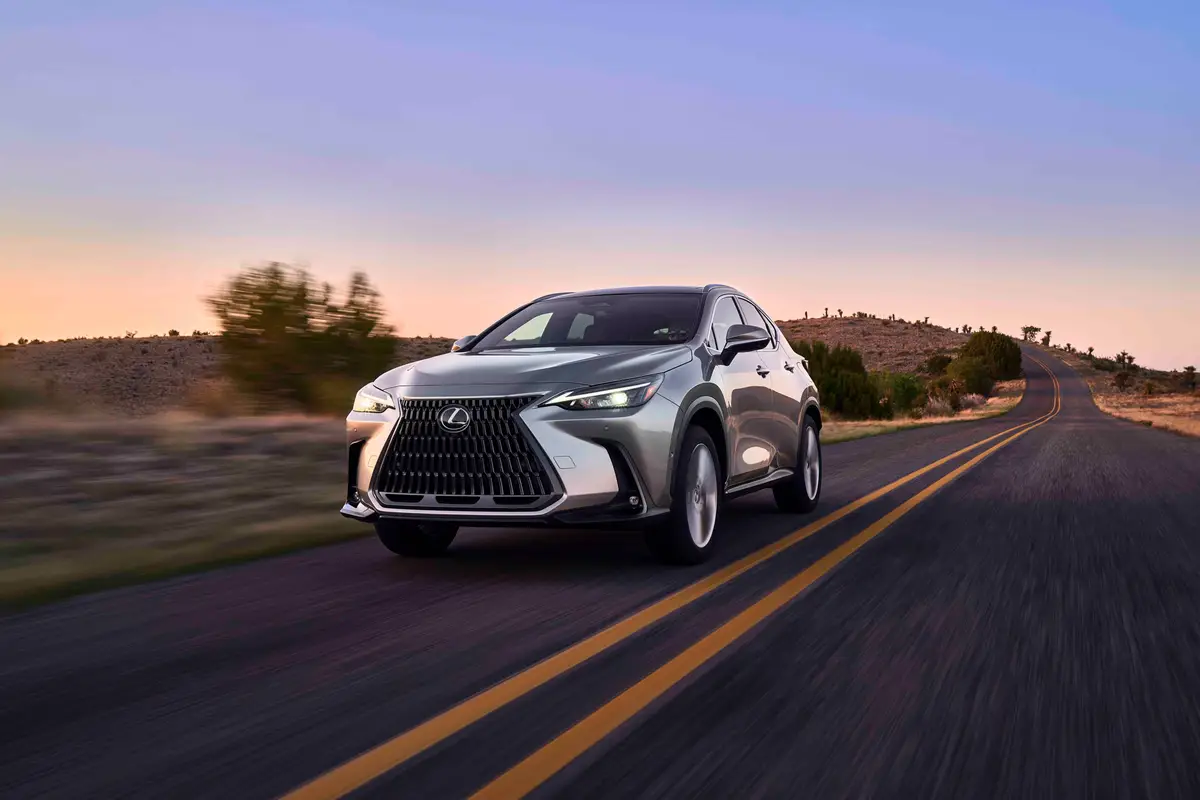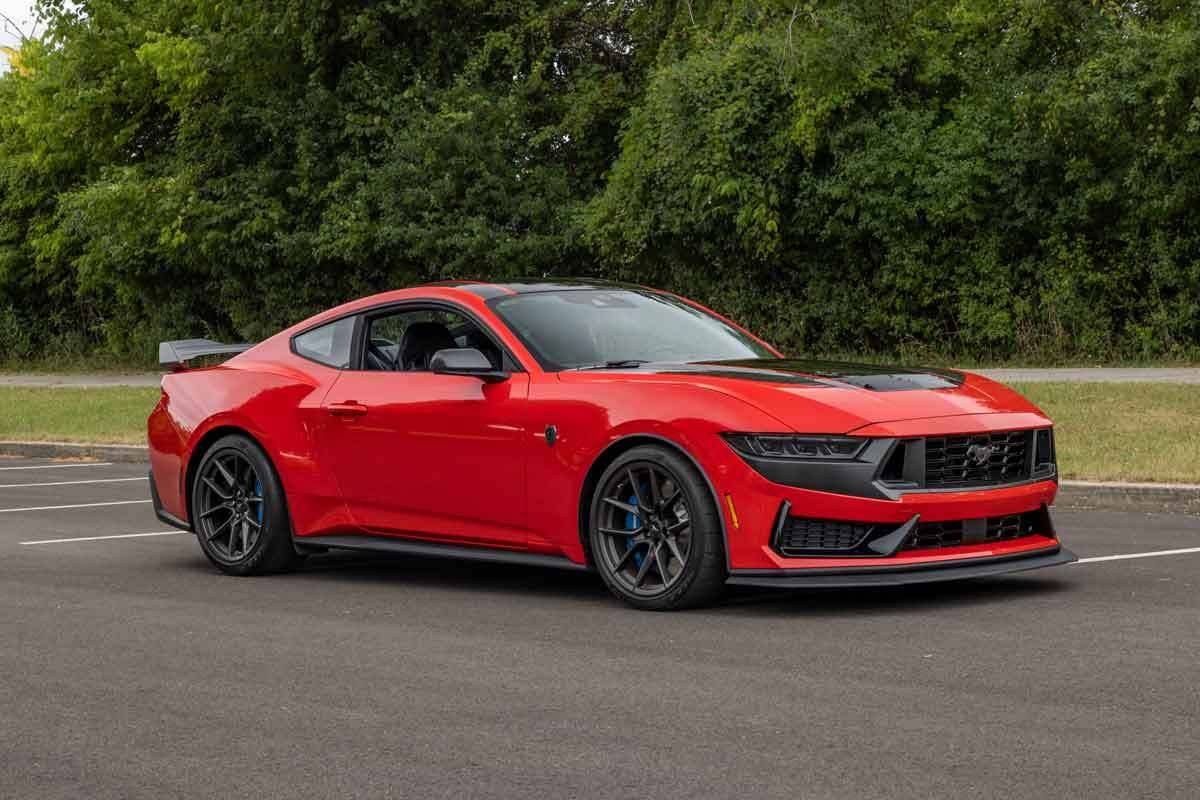Star-Telegram.com's view
So you’re ready to give up that big SUV and try a small car that gets better gas mileage?
Oh, wait – you have too many kids to give up that third row of seating in the Explorer.
Don’t worry – there are some alternatives. Small, fuel-efficient vehicles with a third row of seating are few and far between, but they exist.
They include the Toyota RAV4, Mazda5 microvan, Mitsubishi Outlander and the Kia Rondo.
The Rondo is the least expensive of these vehicles, but the low price – beginning under $20,000 – doesn’t mean it’s somehow inferior to the others.
Introduced as a 2007 model, this is a remarkable little wagonlike crossover that has an optional third row of seating, making it the least-expensive and most fuel-efficient family hauler on the market.
How inexpensive? With the $500 extra for the third seat, the midlevel LX model has a list price of $19,045, including $650 freight. The base Rondo begins at $17,045, but is not offered with the third seat.
While the Rondo is not the gas-sipper that, say, a Toyota Corolla is, the EPA ratings are much better than those of the typical midsize or larger SUV: 19 miles per gallon in the city and 26 on the highway with the base four-cylinder engine. The tank holds 15.8 gallons of fuel, about half as much as some of the big SUVs.
The Rondo is one of six new vehicles Kia has introduced in the United States since January 2006 as the company, a subsidiary of South Korea’s Hyundai, pushes for a bigger share of the U.S. market. Fuel efficiency is one of the key attributes of most Kia vehicles, and helps add to the value equation.
Kia vehicles usually are priced below their Japanese competitors, and have a much-longer warranty, as well – extended powertrain coverage for 10 years/100,000 miles. The basic warranty covers the vehicle for five years/60,000 miles, and includes 24-hour roadside assistance.
While the RAV4 and Outlander have a third-seat option, they’re actually in a higher class than the Rondo, whose only direct competitor is the Mazda 5. But the Mazda has room for only six, and when equipped comparably to the seven-passenger Rondo, costs a bit more.
Another plus: While the Rondo’s third seat is intended for occasional use, it does have enough room to hold two average-size adults; the RAV4’s rear seat is barely roomy enough for kids. The Rondo’s middle seat has space for three, and there are bucket seats up front.
Target customers for the Rondo are “people starting a new stage in life,” primarily young couples 25-35 without children, and couples 30-40 with a child or two, Kia says. But the car also appeals to empty nesters who occasionally need the third seat for family outings with the grandkids.
While the Rondo is new to the U.S. market, Kia has sold the vehicle as the Carens in the rest of the world for several years. This is its third generation.
If you don’t need the third seat, the base model is offered with room for five, but it doesn’t come with air conditioning. That’s an additional $900.
But beyond the absence of air conditioning, the base model is not a stripped-down vehicle. It comes with an AM/FM/single-disc CD player, as well as power windows, mirrors and door locks, among other standard features.
Safety features on all Rondo models include electronic stability control, four-wheel antilock brakes, front seat-mounted side air bags, and side-curtain air bags for all three rows. Having all of these features in a small wagon in this price range is unusual.
Under the hood is the 2.4-liter four-cylinder engine. A four-speed automatic is standard with the four-cylinder engine, which turns out 162 horsepower and 164 foot-pounds of torque.
For more power, you can upgrade to the LX V-6 ($19,545). It comes with a 2.7-liter V-6 engine rated at 182 horsepower and 182 foot-pounds of torque. With the engine upgrade comes a five-speed automatic.
The fuel-economy ratings for this one are 18 city/26 highway, nearly the same as the four-cylinder. No manual transmission is offered with either engine, although some folks might prefer a manual model if the price were lower and the fuel economy better.
The extra power of the V-6 makes it a bit more fun to drive, but the base engine has plenty of power for everyday use. The V-6 might be best, though, if the car is loaded with seven people very often.
At the top of the line is the EX model, which starts at $19,845 with the four-cylinder engine and four-speed automatic, and $20,845 with the V-6 and five-speed. But the EX four-cylinder is not offered with the third seat; it’s optional only on the EX V-6 and the midlevel LX and LX V-6.
Other competitors to the Rondo are the Toyota Matrix and Pontiac Vibe wagons, but neither has a third-seat option. Kia also says the Rondo might compete against the Scion xB and xD, but neither of those has a third seat, either.
The Rondo it is built on the chassis of the midsize Kia Optima sedan, so that makes it bigger than the Mazda 5, which is on the chassis of the compact Mazda 3 sedan.
Rondo’s exterior is similar to that of the Matrix, but it’s also somewhat like that of the RAV4, Honda CR-V and Outlander, all of which cost much more.
There is no all-wheel-drive option on the Rondo as there is on the Matrix and Vibe. It comes only with front-wheel drive. There wouldn’t be enough room for the third seat if the drive system were extended to the rear wheels, Kia said. Fuel economy also was a factor in deciding not to offer all-wheel drive, which usually lowers a vehicle’s mileage.
The Rondo is surprisingly roomy, especially up front. The bucket seats are quite comfortable even for larger people, and middle-row passengers have decent leg and knee room. All passengers are provided cupholders.
There is only a small cargo area behind the third seat – 6.5 cubic feet. But when that seat is folded away, the space behind the second seat expands to 31.7 cubic feet.
Without a third seat at all, there is 35 cubic feet of cargo space. The third seat has a 50/50 folding feature, creating a flat load floor, and the middle seat has a 60/40 split.
Cloth seats are standard, but leather is offered on EX models for $1,000, which also includes front seat heaters. A six-way manually adjustable driver’s seat with height adjustment is standard, along with a four-way adjustable front passenger seat.
The middle row slides forward up to almost a foot to allow for easy access to the third row. In models without the third row, the middle seat does not move. Without the third seat, there are storage bins with lids in the cargo-area floor, in the space where the third seat would otherwise fold out of the way.
Other options include a body trim kit ($995); crossbars for the integrated roof rails ($200); an LX convenience package ($300), which adds remote keyless entry and cruise control (already included on EX); and a premium package ($1,200), which tacks on a power sunroof, upgraded Infinity 10-speaker, 315-watt audio system with six-disc CD changer).
Neither audio system provides an external input jack for an iPod or other MP3 player.
Our test vehicle, the LX four-cylinder with the third seat, also came with the roof rails, LX convenience package and carpeted floor mats ($95), for a total sticker of $19,640, including freight.
2008 Kia Rondo
The package: Compact, five-door, four-cylinder or V-6 powered, front-wheel-drive, five- or seven-passenger crossover utility vehicle.
Highlights: New for 2007, this is the lowest-priced seven-passenger vehicle on the market, and also the most fuel-efficient. Based on the architecture of the Kia Optima midsize sedan, it is quite roomy for its overall size, and quite economical to buy and operate.
Negatives: No manual transmission offered; no all-wheel drive option.
Engine: 24-liter inline four-cylinder; 2.7-liter V-6.
Transmission: Four-speed automatic (I-4); five-speed automatic (V-6).
Power/torque: 162 horsepower/164 foot-pounds (I-4); 182 HP./182 foot-pounds (V-6).
Brakes, front/rear: Disc/disc, antilock.
Side air bags: Front seat-mounted, front and rear side curtain, standard.
Electronic stability control: Standard.
Length: 179 inches.
Cargo capacity: 6.5 cubic feet (behind third seat); 31.7 cubic feet (third seat folded); 35 cubic feet (no third seat).
Curb weight: 3,333-3,511 pounds.
Fuel capacity/type: 15.8 gallons/unleaded regular.
EPA fuel economy: 19 mpg city/26 highway (I-4); 18 city/26 highway (V-6).
Major competitors: Mazda 5, Toyota Matrix/Pontiac Vibe, Scion xB, Scion xD, Nissan Versa hatchback.
Base price range: $17,045-$20,845 including $650 freight.
Price as tested: $19,640 including freight and options (LX seven-passenger).
On the Road rating: 8.7 (of a possible 10).
The automotive columns of G. Chambers Williams III have appeared regularly in the Star-Telegram since 1995. Contact him at chambers@star-telegram.com.
Latest news



